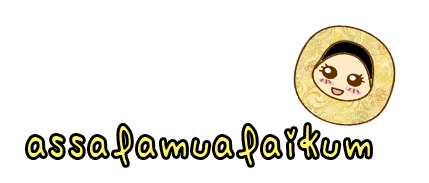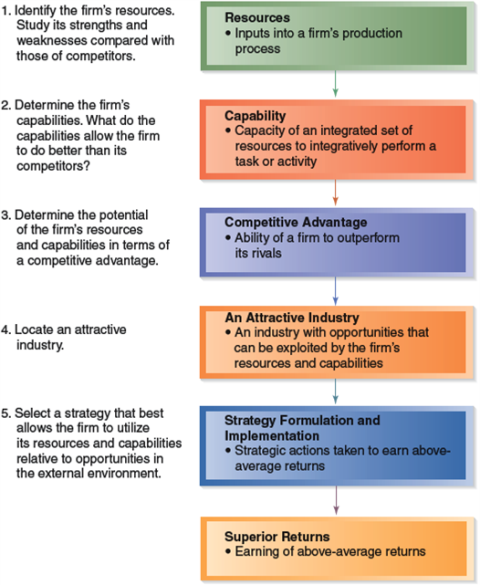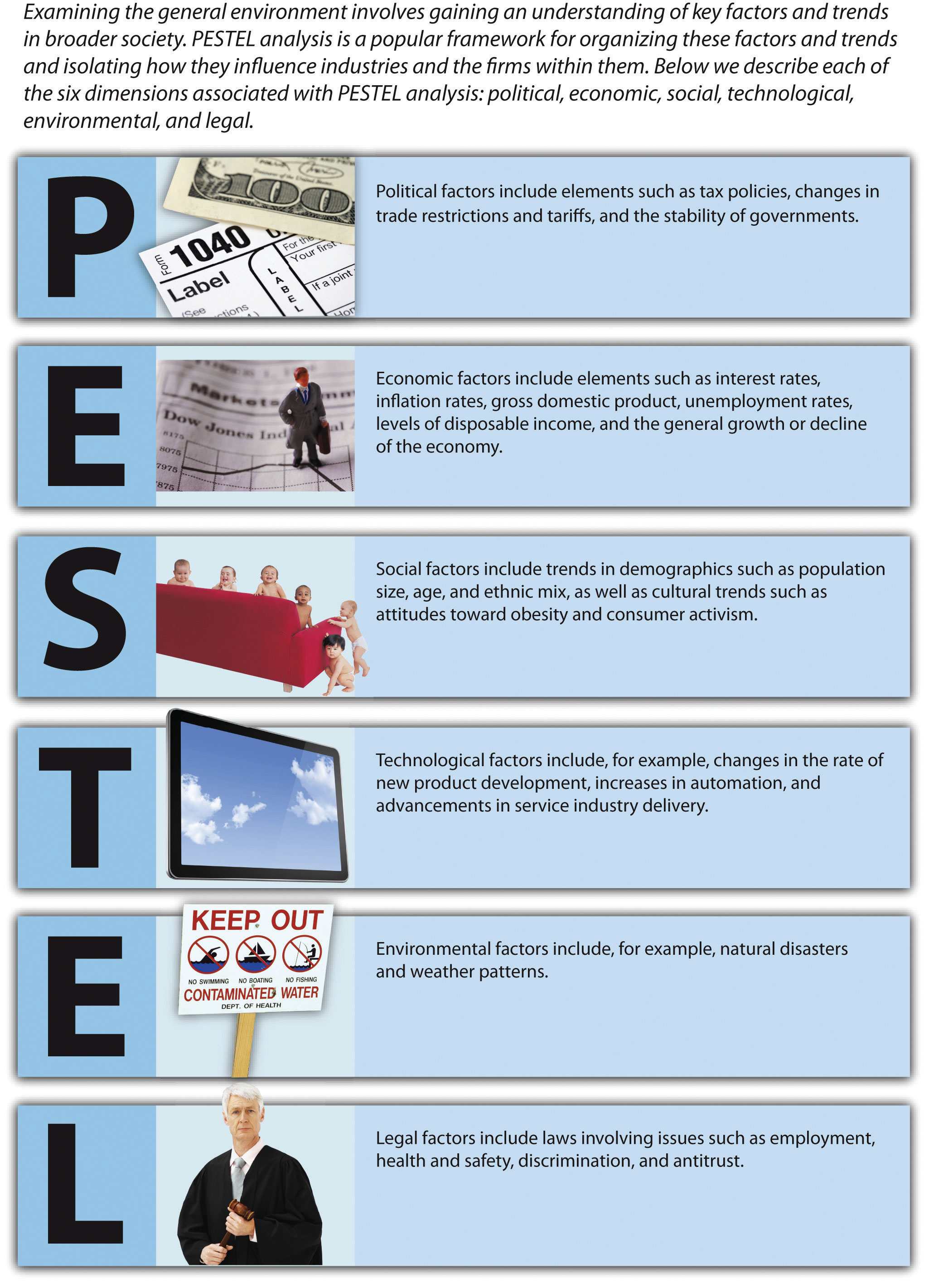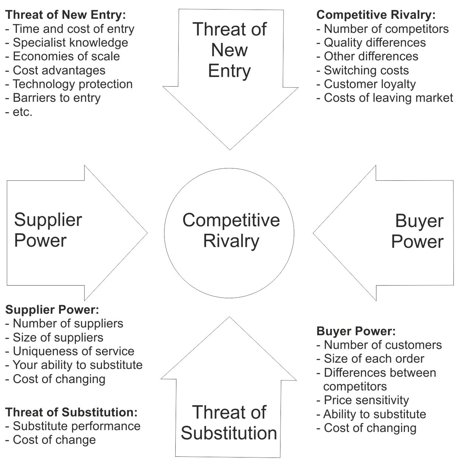08102013.
Job interview session, it really makes me feel nervous when thinking about it.
I could not imagine how I would react, do, think and so on if I’m in that
session. Miss Ummi has shared with all of us about one of job interview
session. Among the 300++ applications, only 7 out of them was accepted. It’s so
scary. The main reason why other than 7 people was not accepted because of
English language. If I’m in that job interview session, which one I will be
placed? I don’t know what to say but deep inside my heart, I really want to be
placed among the accepted one even though I can’t with my English communication
skills right now. Hopefully, I’ll be placed among the accepted one, someday!
Ameennn, In syaa Allah.
For this
week, we have learned about “the
five generic competitive strategies: which one to employ?” so, did you know about it? I’m
sure some of you know about it. Knowing about all this five strategies for the
company is important as it give effect for company in making decision to choose
the most suitable strategy for their company. In other words, deciding which
generic strategy to employ is the most important strategic commitment a company
makes because it tends to drive the rest of the strategic actions a company
decides to undertake and it sets the whole tone for the pursuit of a
competitive advantage over rivals. The five generic competitive strategies are:
1. Low-cost provider strategy:
-Striving to achieve lower overall costs
than rivals and appealing to a broad spectrum of customers, usually by
underpricing rivals.
-approaches: pursue cost-savings that
are difficult to imitate and avoid reducing product quality to unacceptable
levels.
-eg: mydin, mcdonald’s, dell, air asia
2. Broad
differentiation strategy:
-seeking to differentiate the company’s
product offering from rivals in ways that will appeal to a broad spectrum of
buyers.
-approaches: (a) carefully study buyer
needs and behaviors, values and willingness to pay for a unique product or
service, (b) incorporate features that both appeal to buyers and create a
sustainably distinctive product offering, (c) use higher prices to recoup
differentiation costs.
-eg: apple, sony, rolex, fedex, louis
vuitton, Harley-davidson
3. Best-cost
provider strategy:
-giving customers more value for their
money by incorporating good-to-excellent product attributes at a lower cost
than rivals; the target is to have the lowest (best) cost and prices compared
to rivals offering products with comparable attributes.
Eg: Toyota, microsoft
4. Focused
low-cost strategy:
-concentrating on a narrow buyer segment
and outcompeting rivals by having lower costs than rivals and thus being able
to serve niche members at a lower price.
5. Focused
differentiation strategy:
-concentrating on a narrow buyer segment
and outcompeting rivals by offering niche members customized attributes that
meet their tastes and requirements better than rivals’ products.
-eg: GAP, Porsche, Ferrari
In
choosing the right generic strategy, a company has to spend time and effort as
this will support all other strategic options. Michael Porter has specifically
warned against any companies who try to employ more than one strategy option as
every strategy appeals to different types of people and requires radically
different approaches. Any company that are try to employ multiple strategies,
will typically render a company without any clear strategic advantage and in
poor strategic position. That’s all from me. PEAce No War!!!
“Competitive
strategy is about being different. It means deliberately choosing to perform
activities differently or to perform different activities than rivals to
deliver a unique mix of value.” (Michael E. Porter)




















